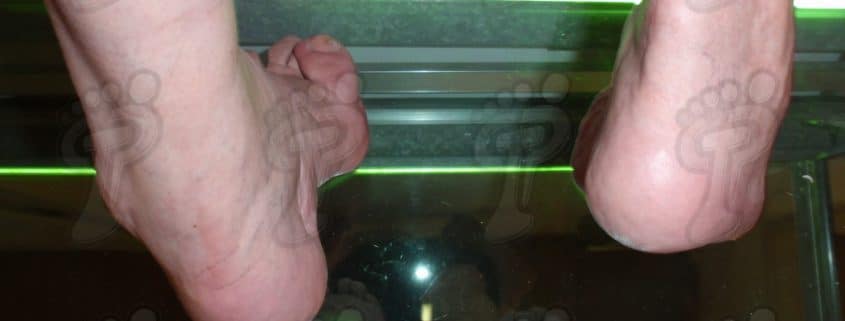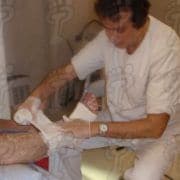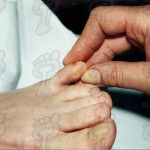ASSESSMENT OF ASYMMETRIES IN THE LOWER EXTREMITY
I would like to stress the importance of the diagnosis and treatment of asymmetries in this issue. Many patients are wandering around with a raised insole of several millimeters or centimeters without having examined them thoroughly. From my point of view, it is more harmful for the body in the long-term to use an inappropriately raised insole than prefabricated insoles.
The first thing we must do is explain the semantic term. When we talk about some difference in the length of a leg, then we must talk about asymmetry or dissymmetry. It is common to find articles that talk about limb differences when actually this means
Functional asymmetry lets us visualise the difference in the length of the leg, which is not real. The cause may be a mechanical or postural alteration (scoliosis, lumbar contortion, decompensation of adductors and abductors lying near the pelvis, rotation of the pelvis by anteversion and retroversion of iliacus or simply the deviation of the calcaneal.
The diagnostic exploration of an asymmetry must value the patient as a whole body of articulated structures that work in unison. We have to value such important parameters as the shoulder girdle, intergluteal folds, pelvis, femorotibial axis, popliteal sockets, the placing of the calcaneal, asymmetry of footsteps, etc. We can explain other preliminary methods in order to examine the extremities, like the supine decubitus measurement or evaluating the patient in the same position with flexed knees.
neurological disorder which stops the patient from making a motor act suitable for a demanded distance. It is observed in cerebellar lesions.
There are two kinds of asymmetry: structural or functional. Structural asymmetry is when there is a real difference in the measurement from the head of the femoris to the astragalar tibiofibular joint.
Another method to consider if scoliosis is caused by a rachidial alteration or an asymmetry of lower extremities, consists of seating the patient on a hard surface and checking if scoliosis is corrected. If the scoliosis is corrected, it is due to an asymmetry. If it is not corrected, then the origin may be located in the spine.



















Leave a Reply
Want to join the discussion?Feel free to contribute!